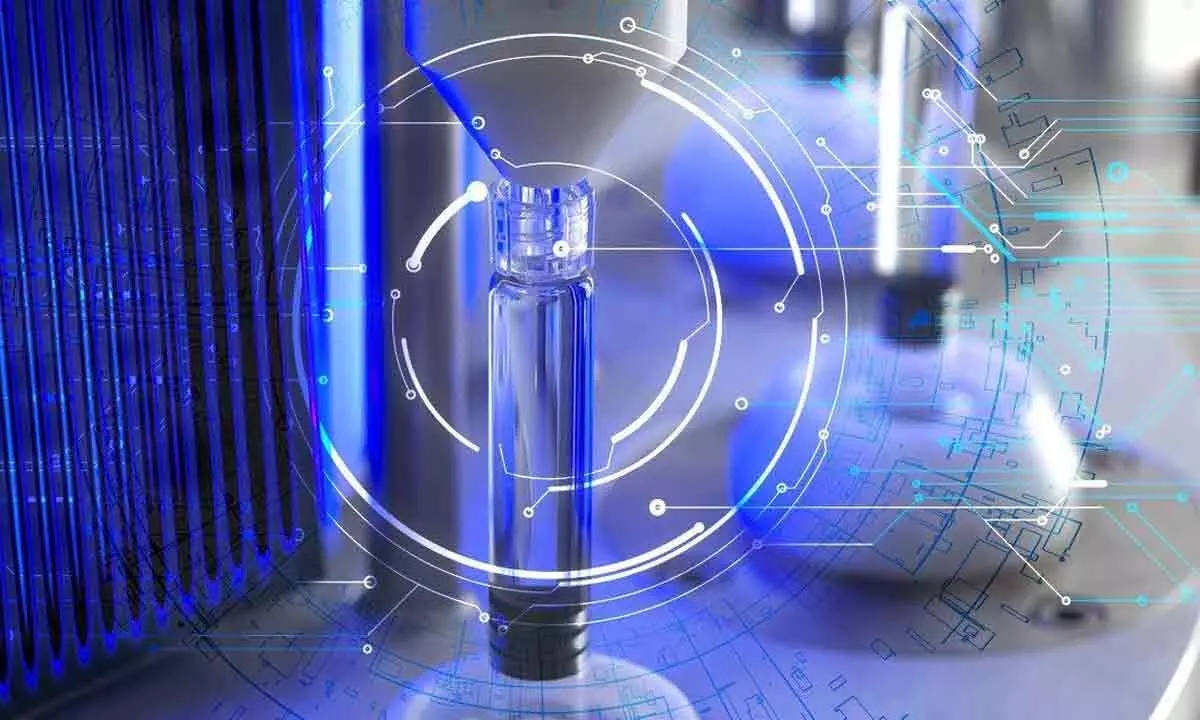AI-based Visual Inspection set to play key role in Industry 4.0

AI-based Visual Inspection set to play key role in Industry 4.0
Quality, speed and flexibility have been the defining pillars of Industry 4.0.
Quality, speed and flexibility have been the defining pillars of Industry 4.0. These are the crucial drivers of business in the manufacturing space. Tech-savvy and younger companies now have a chance to give the market leaders serious competition by taking the "Factory of the Future" approach. The business models and kind of partnerships these fast-paced companies can take on will put them 'head and shoulders' above the rigid formats factories of the past.
Manufacturing Industry calls this theme "Industry 4.0", which includes other areas such as cyber-physical systems, IoT, Cloud Computing and Cognitive Computing. Industry 4.0 is also commonly known as the fourth industrial revolution. And the most remarkable part of the Industry 4.0 is "AI inspection". This domain has been prospering in recent years because of the increasing accuracy and performance. The rapid advancement in object detection in video frames has contributed to the solid improvements in AI-based inspection.
Machine vision has already taken centre stage from doing an image-based search on Google to complex industrial systems' product quality. Visual quality inspection is transitioning to a machine-based process, allowing humans to graduate to work on more meaningful parts of the business operations.
This evolution of AI-based "Visual Inspection" has boosted operational efficiencies significantly. The continuous drop in the costs needed to set the required AI systems has accelerated the growth of this trend.
What is Visual Inspection?
It is the identification of defects using computer vision based technology. It analyses the products in the production line for quality control. AI-based Visual inspection can also be used to do quality checks on the equipment used in the factory, such as storage tanks, pressure vessels, piping and others.
Human workers don't possess the reliability and repeatability qualities that machines have, which are critical for the inspection process. Focus and time are limited resources. Humans get tired and struggle with particular measurements, and working conditions that constantly change. Some of the industries where the AI inspection is being actively applied today are.
Airline
Airbus runs an automated, drone-based aircraft inspection system that speeds up visual inspection. This system has reduced aircraft downtime while increasing the quality of the inspections conducted. It is believed that 70 per cent of the aerospace services ($2.6 trillion worth) are in quality and maintenance departments.
Healthcare
Airports and border crossings now check passengers for signs of the disease using computer vision-based cameras and infrared sensors that predict the temperatures of passengers. Chinese Internet giant Alibaba built a deep learning system that can scan 5,000 chest X-rays in 20 seconds to detect the Covid virus.
Computer Equipment Manufacturing
Companies such as Fujitsu have been reporting fantastic progress in quality, costs and delivery from using AI-enabled inspection systems in circuit board manufacturing.
Textile
AI inspection implemented with a deep learning approach is able to point out weaving, texture, colour matching and stitching issues in their products.
Pharma industry
To avoid defects in pills or capsules, pharmaceutical companies must take precautions when manufacturing and packaging their products.
AI pill inspection systems, for instance, have been very effective in helping pharmaceutical companies avoid defects. AI techniques such as deep learning can be more advantageous than traditional image processing techniques for images with changing environmental conditions. With this, they are achieving:
1. Increased production speeds
2. Better quality control
3. More accurate product counts
Alternate energy
AI vision-based inspection system used in the manufacturing and installation of solar panels has enabled quick detection of damaged panels in the solar farms saving significant time and expense. Solar panels have microcracks, and dust can save a lot of subsequent pain and costs if detected early.
Some futurists had listed AI-based Visual Inspection as an emerging trend in early 2020 and 2021. It seems like its time has come as we see more of it being implemented in the real world as one of the precursors to the smart factories of the future.
(The author is the Chairman and CEO of Brightcom Group)

















